I'm trying to implement compressed sensing of an image using the cvx library for MATLAB. This is the same library used by Steve Brunton in his example here. My test image is Lenna.
Here's my MATLAB script:
close all; clear; clc
% read in an image
lenna = imread('lenna.png');
X = lenna(:, :, 2); % greem channel only
X = X(200:249, 100:149); % just a chunk
M = size(X, 1); N = size(X, 2);
x = vectorify(X);
figure, subplot(1, 3, 1), imshow(X), title(strcat("Original Image: ", num2str(M), " by ", num2str(N), " Pixels"))
% Sample randomly
K = 80; %number of random sampled pixels
c = randsample(numel(X), K); %locations of pixels as a list
y = x(c); %values
C = zeros(K, numel(X)); %C(c) = y;%(1:K);
Y = zeros(M, N); % there must be a more elegant way to do this...
for k=1:K
C(k, c(k)) = y(k);
Y2 = rectanglefy(C(k, :), M, N);
Y=Y+Y2;
end
% Y=rectanglefy(C, M, N)
C = C>0; %convert C to a binary matrix
C = double(C); %cast
subplot(1, 3, 2), imshow(Y/255), title(strcat(num2str(K), ' Sampled Pixels'))
% Solve for sparse representation
psi = dftmtx(M*N); psi=real(psi);
Theta = C*psi; n = M*N;
Theta = double(Theta); y = double(y); %cast required
cvx_begin;
variable s_L1(n)
minimize( norm(s_L1, 1) );
subject to
Theta * s_L1 ==y;
cvx_end
xr = psi*s_L1;
Xr = rectanglefy(xr, M, N);
subplot(1, 3, 3), imshow(Xr/255), title('Reconstructed Image')
function x = vectorify(X)
x = reshape(X, [numel(X), 1]);
end
function X = rectanglefy(x, M, N)
X = reshape(x, [M, N]);
endWhen I run it with, say, K=80, it's able to reconstruct an image, although of course it's not very close to the real thing:

If I up the number of samples to 800, however - which I would expect would make the result closer - the solver tells me it's infeasible:

In between, if I set K to 180 random samples, the solver yields "Failed," which is evidently a different result from "Infeasible":

I'm not sure if the problem is in my code or my (rather poor) understanding of convex optimization, but my question is: (a) why is this happening? and (b) what should I be doing differently to reconstruct this image?